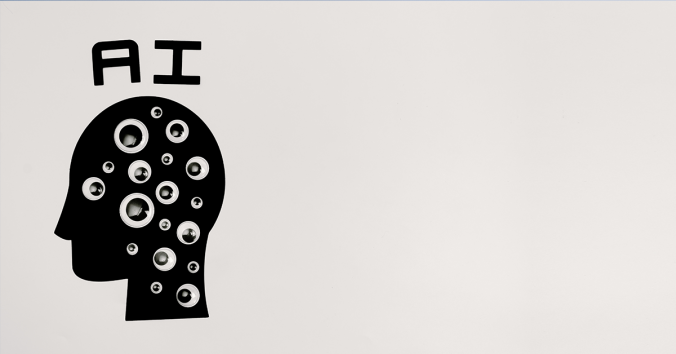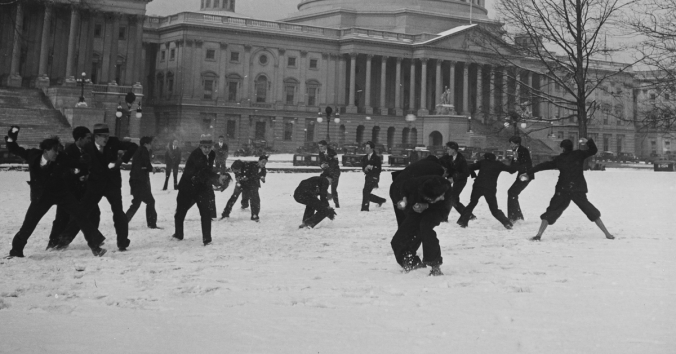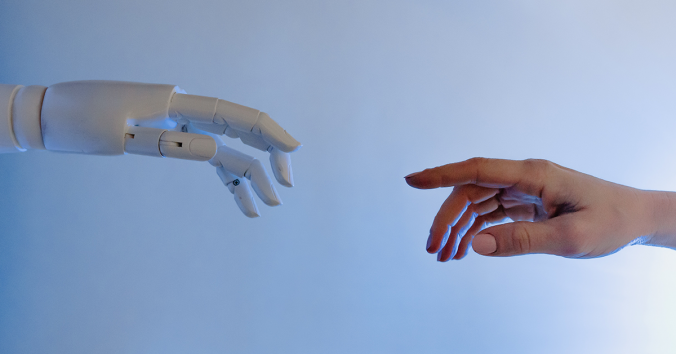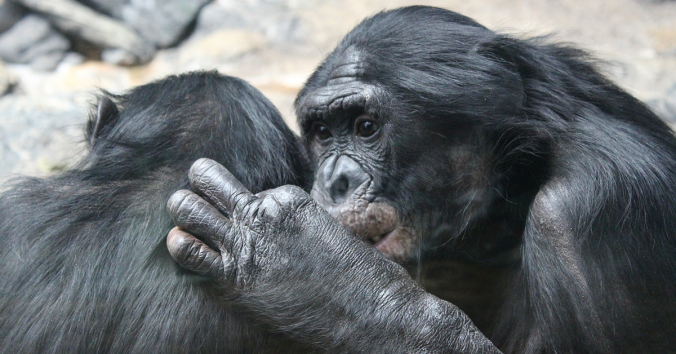The question of whether we have free will has been debated throughout the ages and everywhere in the world. Can we influence our future or is it predetermined? If everything is predetermined and we lack free will, why should we act responsibly and by what right do we hold each other accountable?
There have been different ideas about what predetermines the future and excludes free will. People have talked about fate and about the gods. Today, we rather imagine that it is about necessary causal relationships in the universe. It seems that the strict determinism of the material world must preclude the free will that we humans perceive ourselves to have. If we really had free will, we think, then nature would have to give us a space of our own to decide in. A causal gap where nature does not determine everything according to its laws, but allows us to act according to our will. But this seems to contradict our scientific world view.
In an article in the journal Intellectica, Kathinka Evers at CRB examines the plausibility of this choice between two extreme positions: either strict determinism that excludes free will, or free will that excludes determinism.
Kathinka Evers approaches the problem from a neuroscientific perspective. This particular perspective has historically tended to support one of the positions: strict determinism that excludes free will. How can the brain make room for free will, if our decisions are the result of electrochemical processes and of evolutionarily developed programs? Is it not right there, in the brain, that our free will is thwarted by material processes that give us no space to act?
Some authors who have written about free will from a neuroscientific perspective have at times explained away freedom as the brain’s user’s illusion: as a necessary illusion, as a fictional construct. Some have argued that since social groups function best when we as individuals assume ourselves to be responsible actors, we must, after all, keep this old illusion alive. Free will is a fiction that works and is needed in society!
This attitude is unsound, says Kathinka Evers. We cannot build our societies on assumptions that contradict our best knowledge. It would be absurd to hold people responsible for actions that they in fact have no ability to influence. At the same time, she agrees that the notion of free will is socially important. But if we are to retain the notion, it must be consistent with our knowledge of the brain.
One of the main points of the article is that our knowledge of the brain could actually provide some room for free will. The brain could function beyond the opposition between indeterminism and strict determinism, some neuroscientific theories suggest. This does not mean that there would be uncaused neural events. Rather, a determinism is proposed where the relationship between cause and effect is variable and contingent, not invariable and necessary, as we commonly assume. As far as I understand, it is about the fact that the brain has been shown to function much more independently, actively and flexibly than in the image of it as a kind of programmed machine. Different incoming nerve signals can stabilize different neural patterns of connections in the brain, which support the same behavioural ability. And the same incoming nerve signal can stabilize different patterns of connections in the brain that result in the same behavioural ability. Despite great variation in how individuals’ neural patterns of connections are stabilized, the same common abilities are supported. This model of the brain is thus deterministic, while being characterized by variability. It describes a kind of kaleidoscopically variable causality in the brain between incoming signals and resulting behaviours and abilities.
Kathinka Evers thus hypothetically suggests that this variability in the brain, if real, could provide empirical evidence that free will is compatible with determinism.
Read the philosophically exciting article here: Variable determinism in social applications: translating science to society
Although Kathinka Evers suggests that a certain amount of free will could be compatible with what we know about the brain, she emphasizes that neuroscience gives us increasingly detailed knowledge about how we are conditioned by inherited programs, for example, during adolescence, as well as by our conditions and experiences in childhood. We should, after all, be cautiously restrained in praising and blaming each other, she concludes the article, referring to the Stoic Epictetus, one of the philosophers who thought about free will and who rather emphasized freedom from the notion of a free will.

Written by…
Pär Segerdahl, Associate Professor at the Centre for Research Ethics & Bioethics and editor of the Ethics Blog.
Evers Kathinka (2021/2). Variable Determinism in Social Applications: Translating Science to Society. In Monier Cyril & Khamassi Mehdi (Eds), Liberty and cognition, Intellectica, 75, pp.73-89.
We like challenging questions













Recent Comments